Transport experts say Suburban Rail Loop will radically transform Melbourne into a high-rise city around 15 precincts
High rises are set to be built around Melbourne’s Suburban Rail Loop precincts. Could this station in Japan be a sign of the future?
Victoria
Don't miss out on the headlines from Victoria. Followed categories will be added to My News.
Transport and planning experts say residents around Suburban Rail Loop stations could soon live in high-rise neighbourhoods like those built around famous Japanese rail stations.
But the Andrews government has been accused of “mass deception” for failing to outline how new skyscraper suburbs will take shape, and what will be built.
At a recent public lecture to the Institute of Transportation Engineers, Michael Buxton, Graham Currie and John Stanley took aim at the 90km loop, which they doubted would be kept within a $125bn price tag that had been estimated.
Professor Currie, who has previously spoken in support of creating a polycentric city that doesn’t rely on travel in and out of the CBD, said he liked the government trying to solve a looming population problem but “it would be good if we had some more solid and appropriate planning behind it”.
He used a photo of Nagoya railway station in Japan, surrounded by skyscrapers, next to a photo of low-density Clayton – which is a planned SRL station site – to juxtapose what could be coming with what currently exists.
“The people who live there (SRL station sites) probably haven’t thought about what it means for them,” he said.
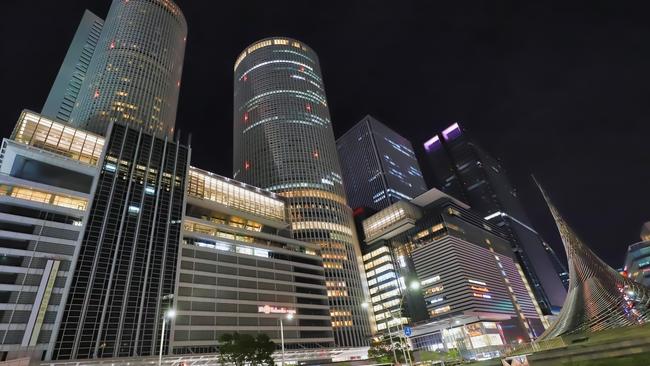
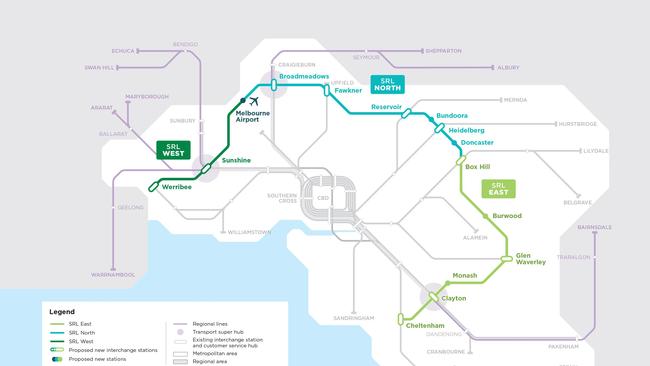
Professor Currie said a challenge for government was how to consult with people who now lives in the area, while also considering those who would one day live there.
His presentation shows that compared to every other circular rail line in developed nations, the SRL is expected to have by far the lowest ridership per km relative to population density.
Professor Buxton – an environment and planning expert at RMIT University – lashed the SRL as a “$200bn thought bubble” and said that to fit a million people into 15 new precincts as planned signalled suburban skyscrapers.
Professor Buxton said the project would “radically transform Melbourne into a high-rise city around these 15 precincts”.
“It’s subterfuge and mass deception, not telling us the rules that will get us to this population,” Professor Buxton said.
“Is it going to be 20 storeys? Or is it four or six storeys?
“In a sense the people are being treated as an enemy.”
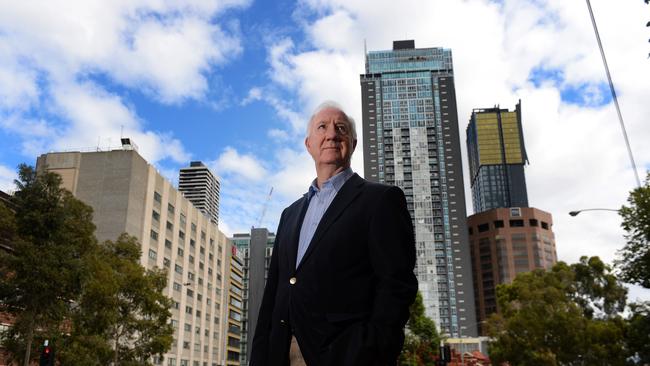
Professor Buxton said it was outrageous that the Suburban Rail Loop Authority would be planning precincts around SRL East stations, which will include Cheltenham, Clayton, Monash, Glen Waverley, Burwood and Box Hill, rather than land use transformation experts.
The second stage of the SRL, which is uncosted, would link Box Hill to Tullamarine via Doncaster, Heidelberg, Bundoora, Reservoir, Fawkner, and Broadmeadows.
He said there was also a false assertion in the business case that inner and outer suburbs had sped ahead with development while middle suburbs had “remained idle since the 1990s”.
“That’s false, there’s been about the same amount of development in the three categories,” he said.

The SRL is a 90km circular line that would create 15 new stations and medium or high density precincts across middle Melbourne, between Cheltenham and Werribee.
The government wants to open the first section — a 26km line from Cheltenham to Box Hill with six underground stations — by 2035.
It says that the project is needed to cope with a projected population of nine million people by mid-century — the current size of London.
Professor Stanley, an adjunct professor at the Institute of Transport and Logistics Studies at the University of Sydney Business School, was instrumental in the design of Plan Melbourne, which aimed to create 20-minute neighbourhoods.
Speaking after Professor Currie, who is Chair of Public Transport at Monash University where a station will be built, Professor Stanley said: “If you want to know why we don’t need this project, well, you have heard it already”.
“It’s economics without a budget constraint,” he said.
“Can we really afford this massively expensive project? Well I don’t think we can and there are much better ways to go.”
This included investigating putting more money into transforming existing National Employment and Innovation Clusters, and alternative transport links within precincts.
Suburban Rail Loop Minister Jacinta Allan said in response that: “Suburban Rail Loop is a project our city and state needs”.
“Victorians have endorsed SRL in two elections, major Universities like Monash and Deakin have made it clear that they support the project – we’re getting on with delivering it.”
The government didn’t directly respond to questions about how 1 million extra people would fit around SRL stations, but said Melbourne would be a city of nine million people by the 2050s, and that the Precinct Structure Planning for SRL East would get underway this year
to “reshape Melbourne into a ‘city of centres’”.
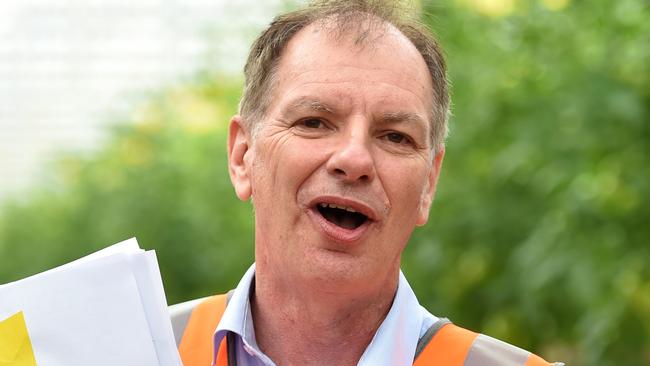
Opposition transport infrastructure spokesman David Southwick on Monday accused the government of hiding key details of the project from the public.
And he hit back at suggestions the project had been endorsed at two elections, saying key details including how the project would be funded were still not clear.
“Having effectively suburban rail skyscrapers in people’s backyards without being able to have proper right of veto, being able to express their concerns, is a concern,” Mr Southwick said.
“And it certainly, again, is showing that this government has not thought through the unintended consequences of this.
“This is something very much that was hidden from the public and now after the election, we’ve been told that in many of these precincts in which they campaigned for Suburban Rail Loop, ultimately is going to have potentially 15 or 20 storeys going with it.”
Housing Minister Colin Brooks said affected communities would be consulted toward the end of the year.
“We’ve always said that there’ll be a need to attract more businesses and additional housing,” he said.
“Towards the end of this year we’ll be doing structure preplanning around those rail stations in the eastern section of the Suburban Rail Loop.
“That will involve consultation with local communities and that’s to ensure we get the planning right.”
.
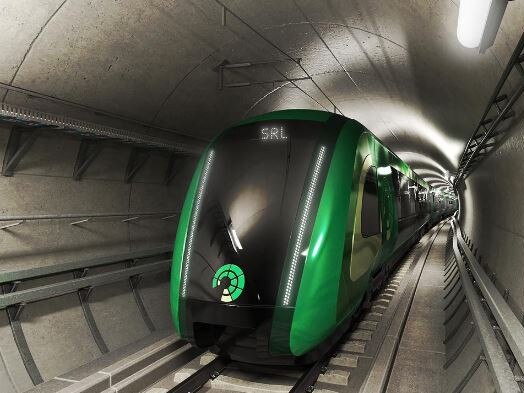
Originally published as Transport experts say Suburban Rail Loop will radically transform Melbourne into a high-rise city around 15 precincts




